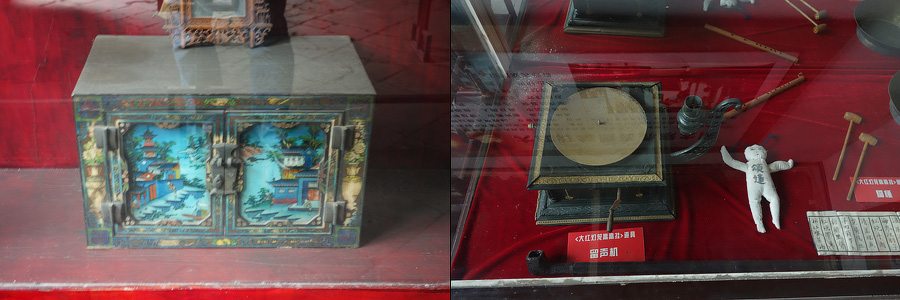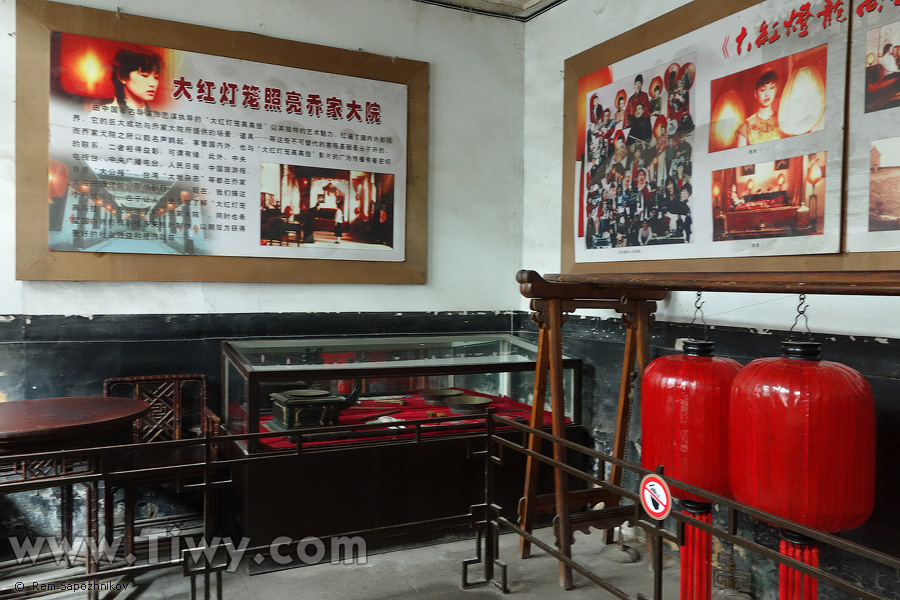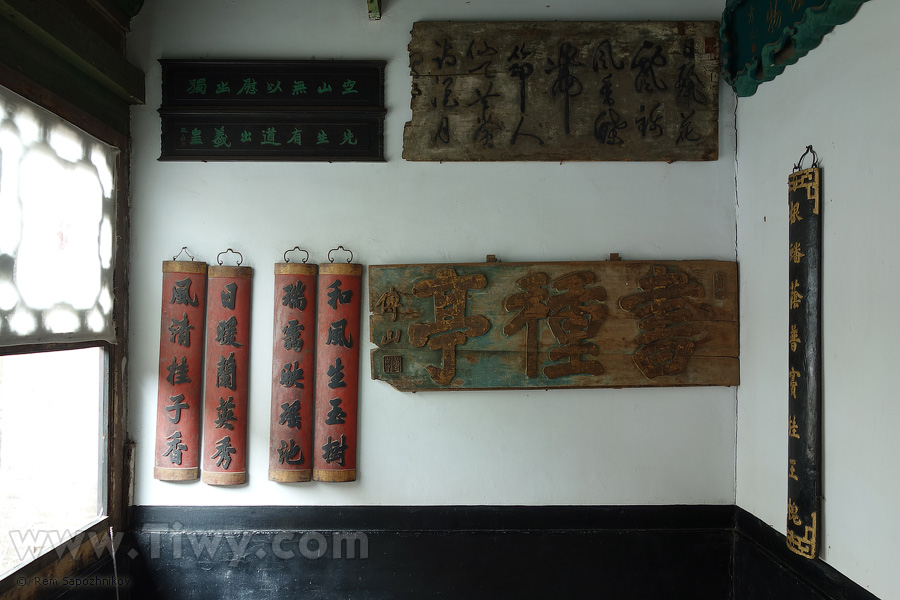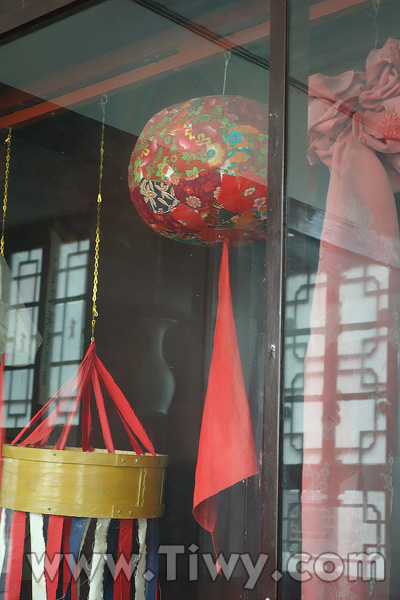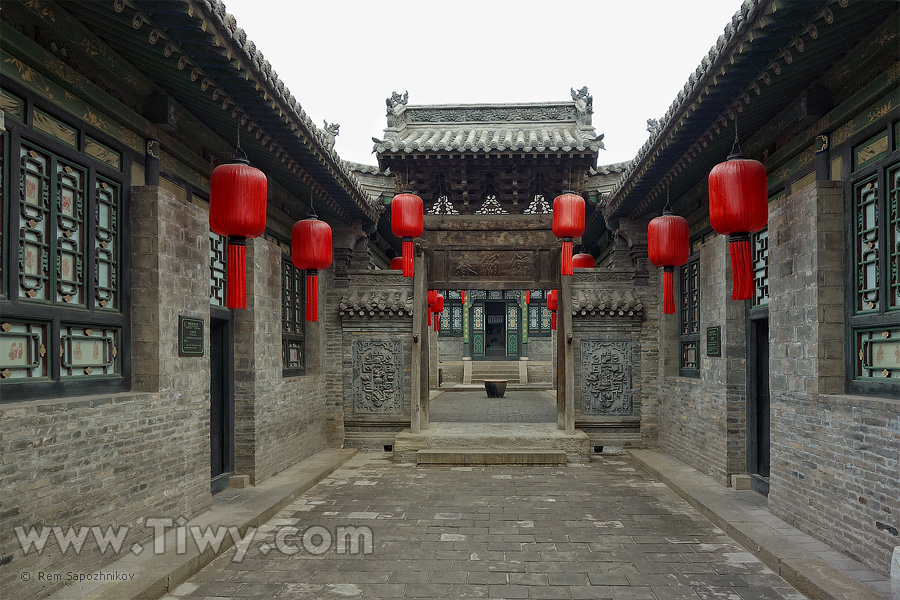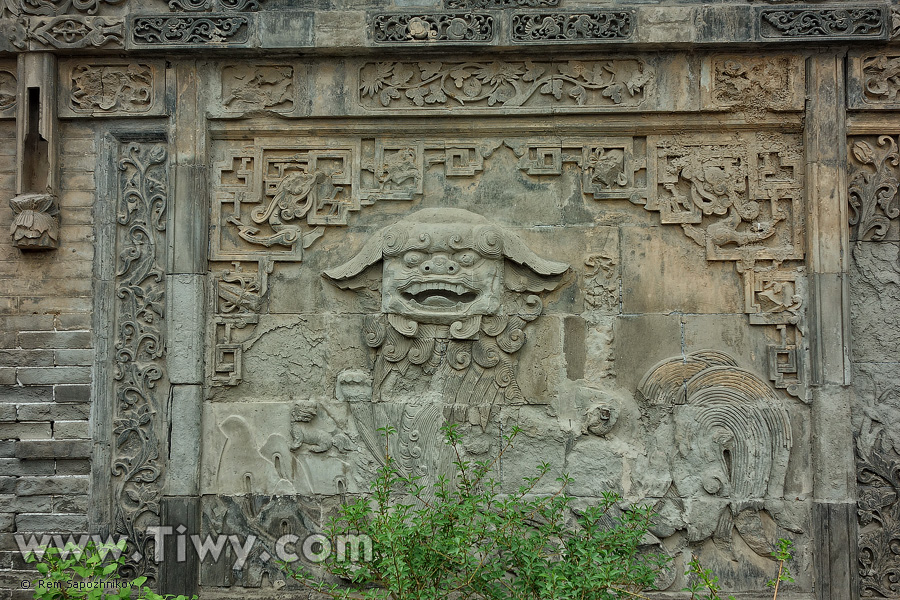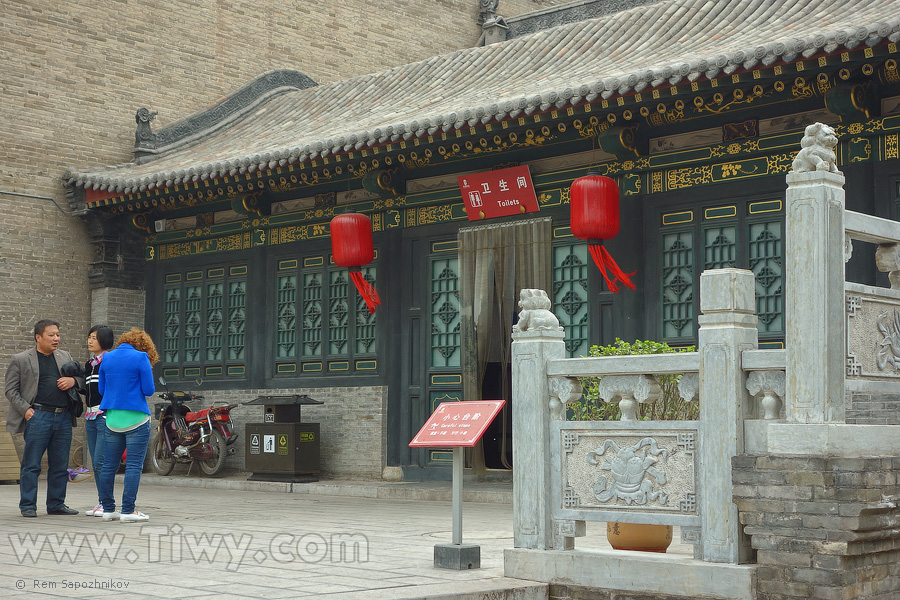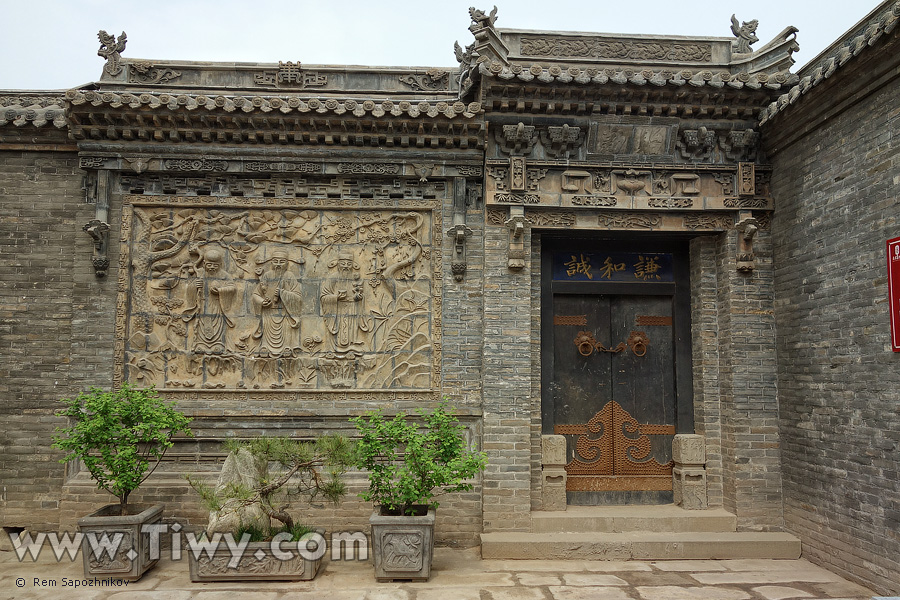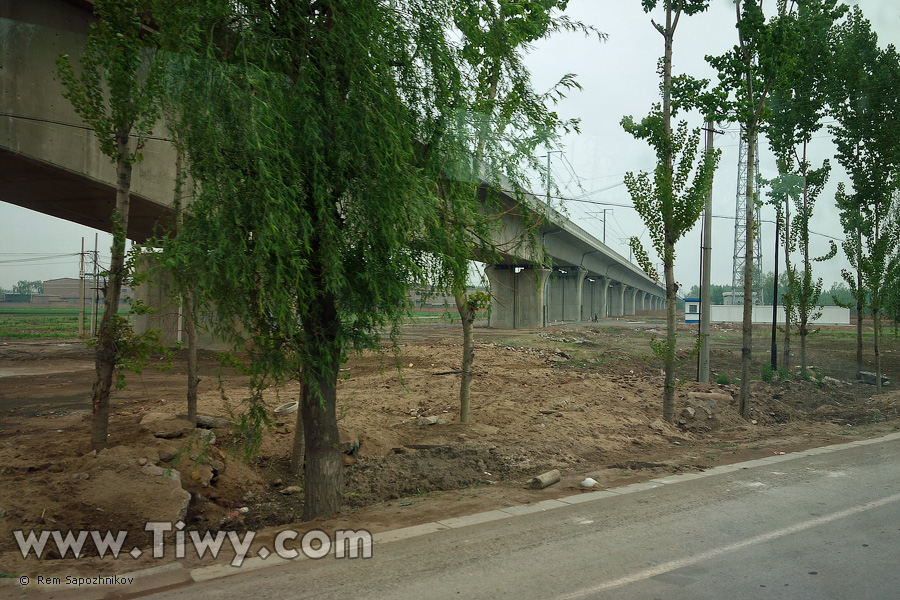Qiao's Family Compound (乔家大院 - Qiáojiādàyuàn)
Tourists are urged to visit the Qiao's Family Compound, a sample of rich Chinese family life in the not so distant past. In many rooms of the Compound are exhibited the expositions telling the story of the family, about the Chinese culture, traditions, wedding and funeral ceremonies and many more other things.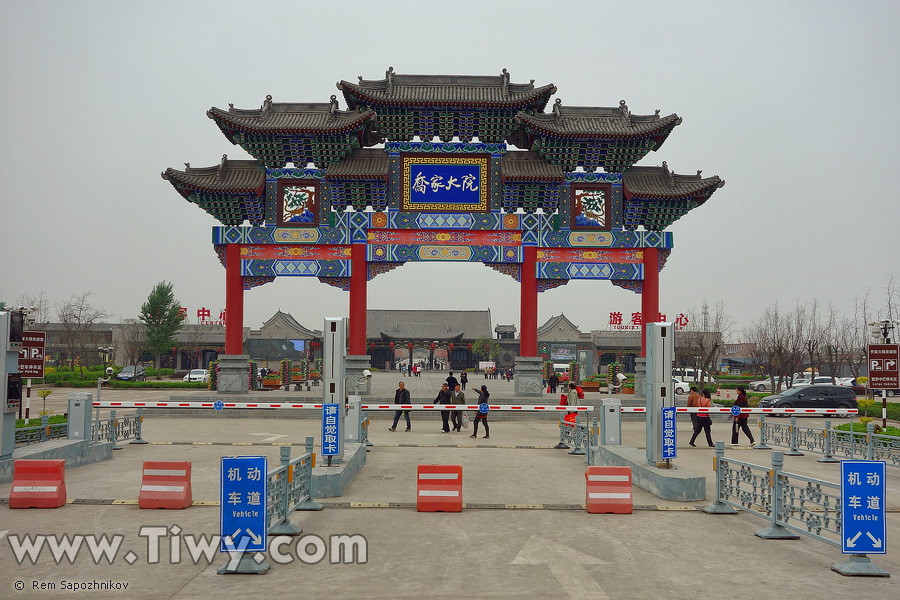

↑ Click for detailed view ↑

↑ Click for detailed view ↑

The total area of the architectural complex is about 9000 sq. m. In all buildings there are 313 rooms whose total area is 4000 sq. m. The remaining space is occupied by 6 large and 19 small courtyards.
↑ Click for detailed view ↑


↑ Click for detailed view ↑



↑ Click for detailed view ↑




